
 |
|
The stone archway in Tangya chieftain city relics in Hubei province. [Photo/Xinhua] |
China's chieftain heritage sites will be considered by the 39th session of the World Heritage Committee, which opened in Bonn, Germany on June 28, for a listing as world cultural heritage this week.
China officially submitted application to the World Heritage Center for Chinese chieftain heritage in March 2014.
Tusi Chieftain sites include the Laosicheng Site in Hunan province, Hailongtun Site in Guizhou province and Tangya Tusi Site in Hubei province.
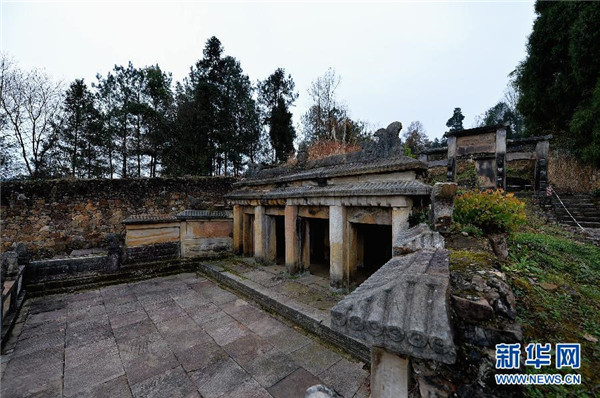 |
|
These ruins in the Tangya chieftain city are in Central China's Hubei province. [Photo/Xinhua] |
What is the Native Chieftain System of ancient China?
The Native Chieftain System was a special political system adopted by the ancient Chinese emperors to govern ethnic minority regions. It allowed local tribal leaders to inherit the official positions of the empire.
The system was practiced by the governments of the Yuan (1271-1368), Ming (1368-1644), and Qing (1644-1912) dynasties, but dates as far back as the Five Dynasties period (907-960).
The chieftain, also known as Tusi, was a tribal leader appointed as an imperial official by the central government in ancient China.
Tusi ruled their tribes on the basis of the empire's law and proprieties as well as local customs, contributing to the distinctive Tusi political and cultural tradition.
The Tusi system embodied political wisdom in handling relationships among ethnic groups in ancient China.
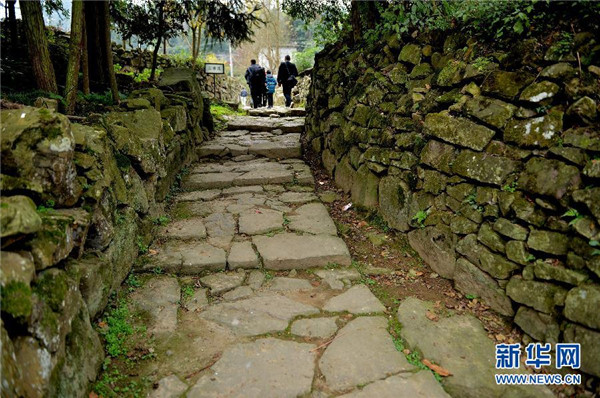 |
|
Tourists visit a chieftain's grave in Tangya chieftain city in Central China's Hubei province. [Photo/Xinhua] |
What are Tusi sites?
Tusi sites are a unique witness to the Native Chieftain System in ancient China.
Most Tusi sites were built along hillsides, mixing with and taking advantage of local topography by making hills the main defensive elements.
The Tusi sites tactfully integrated government offices, residential quarters, military fortifications and commercial and transportation facilities into fully-functioning cities within limited space in the mountainous area. They are exceptional examples of mountain cities in ancient China.
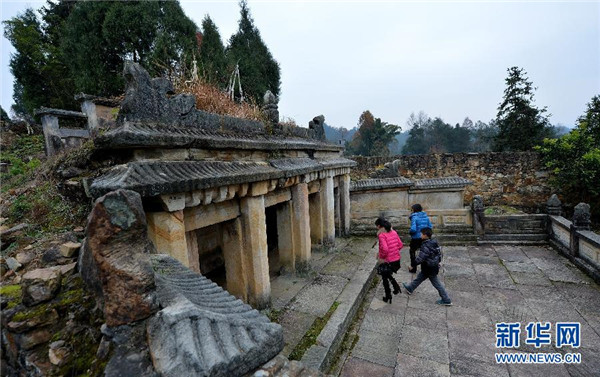 |
|
Tourists visit a chieftain's grave in what remains of Tangya chieftain city in Central China's Hubei province. [Photo/Xinhua] |
Tangya Tusi Site in Hubei province
Tangya Tusi city in Xianfeng county in Central China's Hubei Province was even bigger than the Forbidden City in Beijing. Chieftains ruled there for 460 years. Statues, a cemetery and an ornately decorated memorial archway still stand.
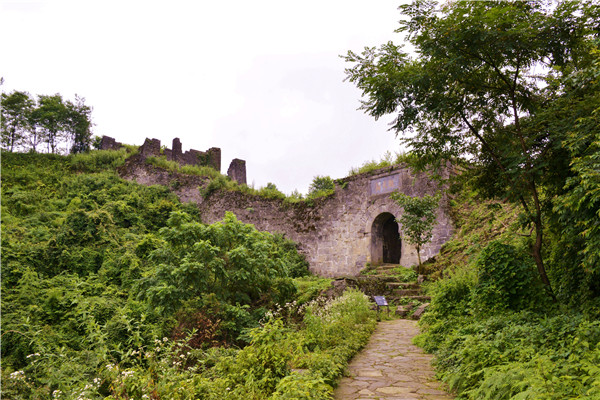 |
|
Photo shows a part of the Hailongtun Tusi site in Zunyi, Southwest China's Guizhou province, June 30, 2015. [Photo by Luo Xinghan/asianewsphoto] |
Hailongtun Site in Guizhou province
The ruins of Hailongtun castle in Zunyi, Southwest China's Guizhou province, are located at the top of a mountain. The fortress was built in 1257 and burned down in a battle in 1600. The site covers 1.59 square kilometers, and more than 2,000 cultural relics were unearthed in 2012, including porcelain, jade and ink slabs.
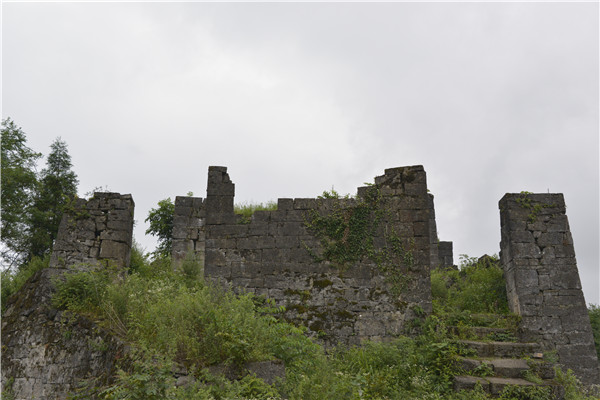 |
|
Thick vegetation grows throughout a portion of the Hailongtun Tusi site in Zunyi, Southwest China’s Guizhou province, June 30, 2015. [Photo by Luo Xinghan/asianewsphoto] |
|
The entry to Yongshun old Tusi city in Central Hunan province. [Photo/Chinanews.com] |
Laosicheng Site in Hunan province
The Yongshun old Tusi city, or Laosicheng Site, in Central Hunan province has a history dating back more than 600 years. Lying on the bank of a river, it is the largest, oldest and best preserved Tusi city site in China, with a temple, ancestral house, cemeteries and memorial archway. The complicated sewer ditch network is still working.
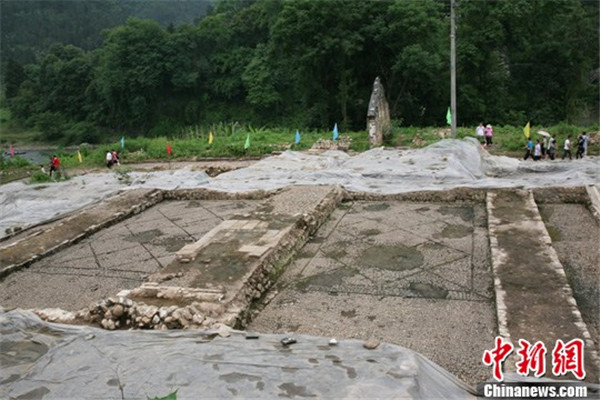 |
|
This is the government office site at Yongshun old Tusi city in Central Hunan province. [Photo/Chinanews.com] |

Presented by Chinadaily.com.cn Registration Number: 10023870-7
Copyright © Ministry of Culture, P.R.China. All rights reserved